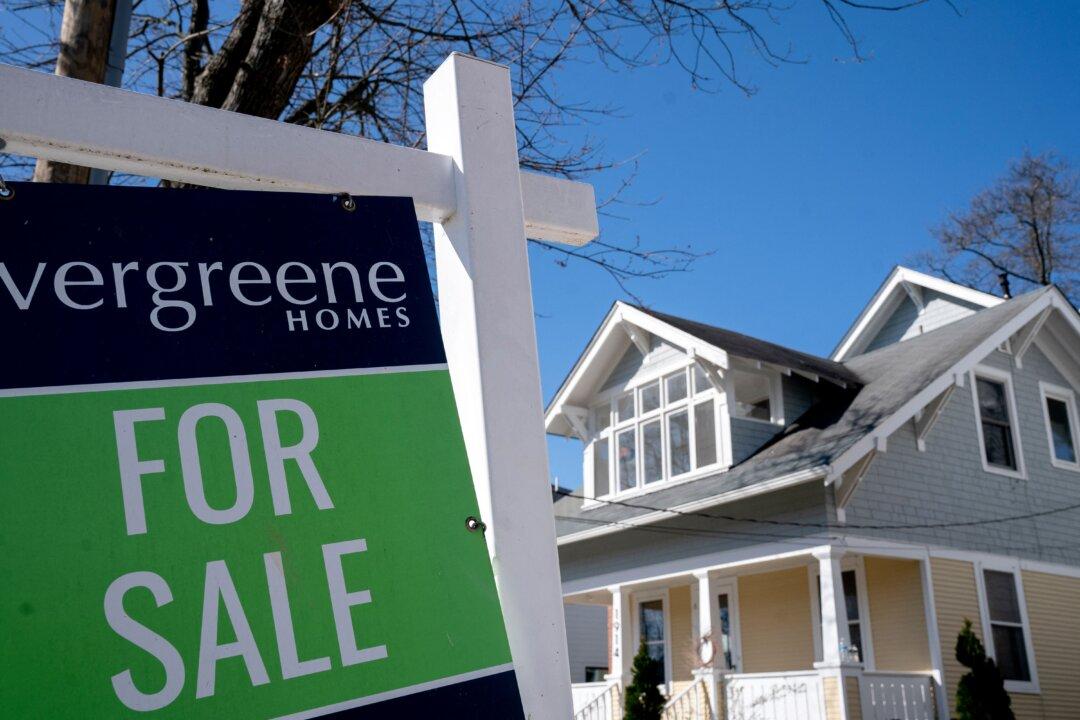Today’s U.S. housing market is a study in contradictions. After a stretch of strong and often frenetic activity by buyers during the pandemic period, sales have been in a slump. Housing inventory, which was in acutely short supply before the pandemic, is slowly starting to become a bit more bountiful.
But home prices have continued to rise and mortgage rates have soared this year. As a result, affordable homeownership opportunities remain an elusive commodity.





